After formal education, certification usually follows. Local regulations determine certification requirements. However, a written and practical exam is generally required. This accreditation verifies a nail technician’s skills and ensures health and safety, which is crucial in this sector.
Real-world experience follows certification. Nail technicians sometimes start in salons or spas. By working in such venues, emerging artists can learn about booking appointments, managing client relationships, and salon business dynamics. Working with a vast clientele helps improve abilities and adaptability.
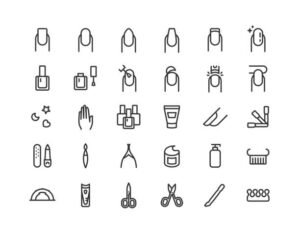
I am creating a personal style that matters, too. Nail art is a massive canvas for creativity. Technicians should try new designs, methods, and materials. Mastering basic styles like French manicures or floral patterns is important, but to stand out, one must also master 3D designs, exquisite hand-painted art, and non-traditional materials.
Building a portfolio helps demonstrate talents to employers and clients. Beyond decorating, before-and-after nail repair and care photos can show a technician’s versatility.
Today’s digital age requires online marketing. A strong web presence can significantly increase a technician’s clientele. Nail artists can showcase their work on Instagram or Pinterest, popular beauty platforms. By providing tutorials, suggestions, and Q&As, artists can cultivate a loyal following and a professional reputation.
Beauty professionals can enhance their careers and learn from one another via networking. Industry workshops, seminars, and classes enable nail artists to discover new trends and methods. Networking can lead to collaboration, recommendations, and innovative job opportunities unavailable through typical employment pathways.
Finally, nail art is constantly changing; learning and adapting are crucial. Seasonal trends and new items and techniques are introduced. Successful nail artists continue their education through certifications, advanced workshops, and industry conventions.
A career in nail art requires creativity, technical skills, and aggressive career management. All aspects of nail art, from formal schooling to customer contacts, contribute to a successful and rewarding career. Aspiring technicians must be passionate and persistent to stay relevant in this colorful industry.

Unveiling the Economic Canvas: The Financial Footprint of the Nail Art Industry
Over the past decade, the beauty industry’s nail studio sector has grown exponentially. Many today enjoy what was formerly a luxury service. This change has changed beauty standards and boosted service revenue, employment, and innovation.
Comprehending the nail art market structure is the first step to understanding its economics. This sector is part of the beauty business, along with hair care, skincare, and cosmetics. However, its highly specialized services and product requirements set it apart. Traditional manicure studios have evolved into artistic hubs offering sophisticated designs utilizing new techniques and materials.
Expanding clientele drives nail art revenue. Initially reserved for a specialized market, manicure services have been democratized due to increased disposable incomes and changing personal care views. Asian, European, and North American markets are growing. Gel, acrylic, organic, and vegan nail alternatives have expanded the market, allowing studios to satisfy various consumer tastes.
Nail art creates several jobs. As nail studios grow, demand rises for trained technicians. While creative, these professions demand technical expertise, showcasing the industry’s specialization. Beyond nail technicians, the sector supports supply chain management, product development, sales, and marketing occupations, boosting its economic impact.
Nail art growth is driven by product innovation. Consumer preferences change the items needed to suit them. Long-lasting, quick-drying polishes and dozens of colors are only the start. Non-toxic nail paints and removers have created new markets and attracted health-conscious customers due to the desire for greener, more sustainable solutions.
The nail art industry is vital to the economy by supporting small businesses. Many independent nail studios contribute to local economies through company taxes, employment, and money circulation. The industry’s entrepreneurial spirit promotes small business growth and grassroots innovation.
Education and training are other economic factors in the nail art business. Nailing skills are in demand, so vocational institutions, private courses, and online tutorials are abundant. This educated demand produces income, jobs, and higher professional standards, improving service quality.
Marketing and media have been more integrated with nail art. Nail art’s visual appeal makes it ideal for Instagram and Pinterest, where artists and studios promote their designs worldwide. Digital exposure drives customer engagement and sales, demonstrating the nail art industry’s symbiotic relationship with digital marketing platforms.
Additionally, international trade trends are crucial for the industry. Polishes, decals, and tools contribute to worldwide trade. This helps balance trade deficits and promotes cultural interchange through beauty trends, demonstrating the nail art industry’s global importance.
Community involvement and generosity are sometimes disregarded in the nail art industry’s economic impact. Many studios participate in community activities, charity gatherings, and educational initiatives, improving community well-being. Civic engagement can boost local financial stability and cohesion, bolstering the industry’s social impact.
Exploring the nail art industry’s economic impact shows that it goes beyond studios. The sector is vital to the modern economy, from worldwide trade and product innovation to employment and small business development. The industry’s response to changing customer tastes suggests its economic impact will grow in complexity and importance. As the industry moves forward, its economic contributions will increase, enhancing the global economy and the places it impacts.

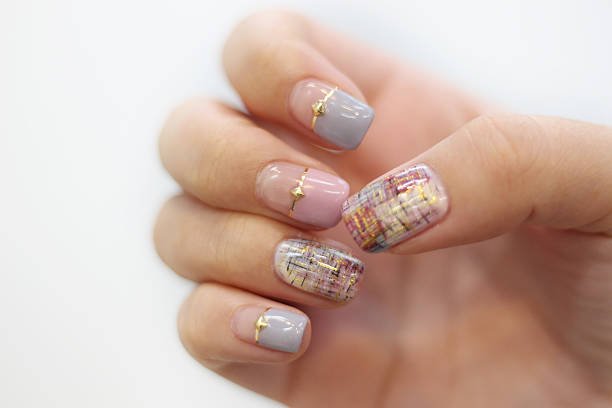
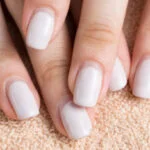

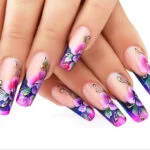

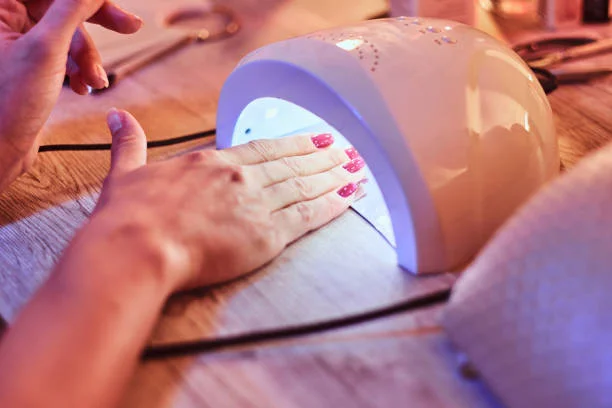

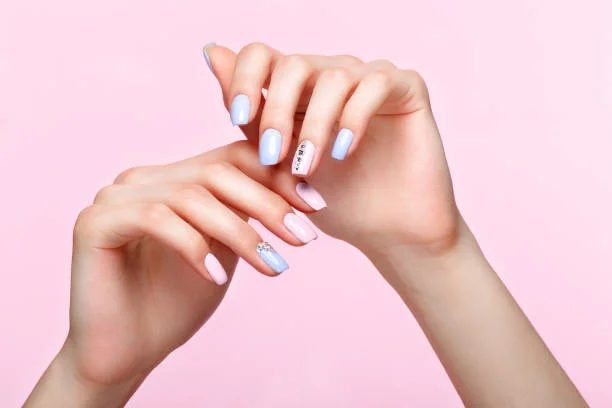
Leave a Reply